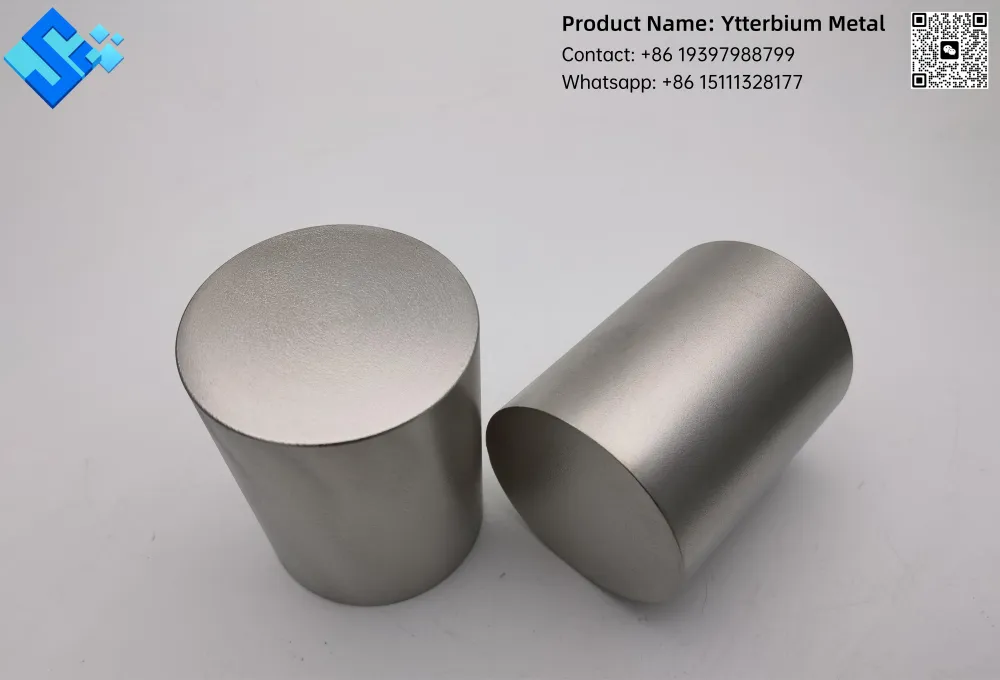Ytterbium (Yb): A Rare Earth Element with Distinctive Properties and Cutting-Edge Technological Applications
Ytterbium (Yb), a rare earth element with atomic number 70, is a silvery-white, relatively soft, and malleable metal that exhibits stable properties in atmospheric conditions. Its oxide manifests as a white powder. Positioned as the final element in the f-block of the sixth period of the periodic table, ytterbium possesses a closed-shell electron configuration, resulting in distinct physical characteristics—including lower density, melting point, and boiling point—compared to neighboring lanthanides. Naturally occurring ytterbium comprises seven stable isotopes, while 27 radioactive isotopes have been experimentally observed.

Discovered in 1878 by Swiss chemists Jean Charles Galissard de Marignac and Marc Delafontaine during the purification of "erbia" (erbium oxide), the element was named after Ytterby, the Swedish village where its parent mineral yttria was first identified. With an estimated crustal abundance of 3.2 ppm, ytterbium predominantly occurs in ion-adsorption rare earth ores, xenotime, and euxenite—minerals enriched with medium-heavy rare earth elements.
In recent decades, ytterbium has emerged as a critical material in advanced technologies. Its exceptional optical properties have driven applications in fiber-optic communications and laser systems, where it serves as a dopant in laser crystals and glasses to enhance performance metrics for high-power lasers and Yb-doped fiber amplifiers. Notably, ytterbium-171 (¹⁷¹Yb) has enabled the development of ultraprecise ytterbium optical lattice clocks utilizing laser cooling techniques, surpassing the timekeeping accuracy of cesium fountain atomic clocks. Additional applications span diverse fields: as a fluorescence phosphor activator, a modifier in radiofrequency ceramics, an additive for magnetic bubble memory devices in computing systems, and a component in specialty optical glasses.

 EN
EN NL
NL FR
FR DE
DE JA
JA KO
KO PT
PT RU
RU ES
ES TR
TR